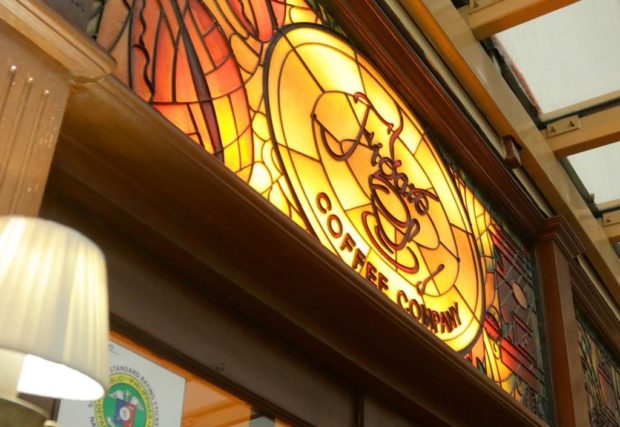Figaro bets on ‘pizza’ amid crunch from smaller cafes
Remaining upbeat on sales even with inflation pushing away consumers, Figaro Coffee Group (FCG) is earmarking nearly P1 billion to build more stores across the country.
But with the flagship coffee business facing more competition from smaller cafes, FCG chair Justin Liu told reporters last week they were looking into feeding more capital into Angel’s Pizza as they see growth potential in the segment.
“Angel’s expansion in the provinces can become a base for the future expansion of other brands because Angel’s will also need commissary facilities, warehouses, and these can be used also for the future expansion of the other brands,” he explained.
He said they were planning to launch this year 70 to 80 stores, half of which would be in Luzon.
“We target to have a mix of 60-percent Angel’s Pizza stores and the rest a combination of the other brands,” he told Inquirer in a separate text message.
Article continues after this advertisementHe noted the company still has a “quite strong” funding for expansion, backed by investments from Monde Nissin Corp., bank loans and internal cash flow. The company is aiming for a 400-store network in the next five years.
Article continues after this advertisement“I think we will still see double-digit growth for 2024 compared to 2023 because we have a lot of stores, which are still under construction and we are still growing our store count,” he said.
The company’s net income soared by 84 percent to P480.38 million last year on the back of robust sales growth and store openings. As of end-2023, FCG has 203 stores, most of which are Angel’s Pizza or Figaro Coffee.
Liu admitted inflation risks still remained a challenge from the perspective of business and as consumers deal with pricier commodities burning a deeper hole in their pockets.
“You see, our consumers are also getting more budget conscious because interest rates have been high last year [and] still quite high now so people are having challenges with their personal finances and this translates to some more budget-conscious spending,” he said.
“It’s a challenge on how … we innovate our products to [remain] value for money and [to cater to] our low- to middle-class market,” he added.
